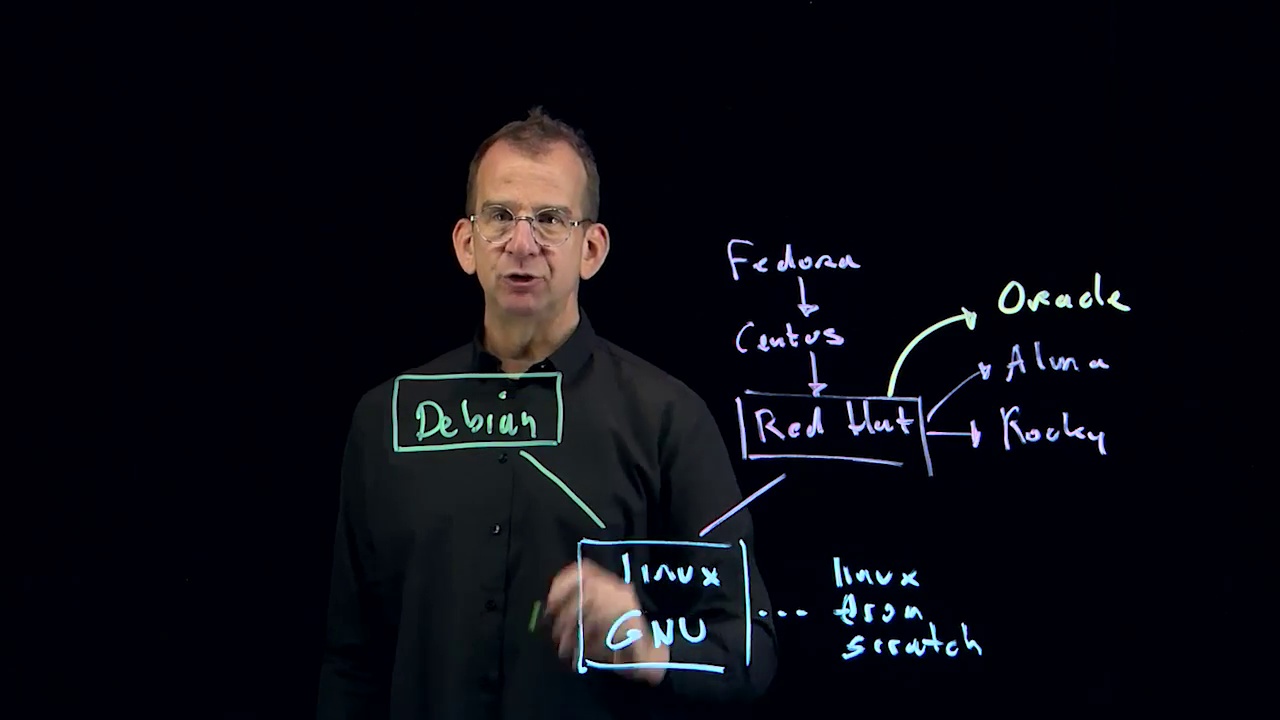001. Learning objectives
002. 19.1 Questions Overview
003. 19.2 Working with Files
004. 19.3 Managing Users and Permissions
005. 19.4 Managing Storage
006. 19.5 Scheduling Tasks
007. 19.6 Protecting Files
008. 19.7 Running Containers
009. 19.8 Managing Services
010. 19.9 Command Line Usage
011. 19.10 Storage Management
012. 19.11 Swap Management
013. 19.12 Setting the Hostname
014. 19.13 Writing a Script
015. 19.14 Systemd Journal Management
016. 19.15 Configuring Authentication

